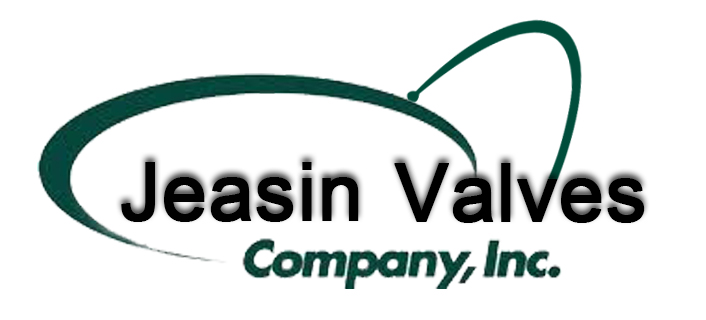Introduction of Slip-on Flange Forging Methods
This technical article introduces us about some main forging methods of slip-on flanges according to the movement of the forging die.
How to Correctly Select Flange
This technical article introduces us in details about that some main ways and methods that we can choose and select flanges correctly.
Thin-walled SS Tube Is Increasingly Widely Used
With the implementation of reform and opening policy and the development of economy, thin-walled stainless steel tubes are more and more popular.
Venezuela's Manufacturer Will Set Up Factories in Cuba
The company is evaluating the factory of the pipeline construction project, thus it is going to set up factories in Cuba.
NDRC: Increase Gas Imports and Oil Reserves in Winter
The National Development and Reform Commission decided to increase gas imports and oil reserves in this winter in the meeting held on November 13.
Introduction of Slip-on Flange Forging Methods
According to the movement of the forging die, slip-on flange forging methods can be classified into these ways such as rotary forging, pendulum forging, roll forging, cross wedge rolling, ring rolling and skew rolling and so on.
Rotary forging, pendulum forging and ring rolling forging process are also available for precision forging. In order to improve the utilization rate of materials, rolling forging and cross rolling can be used for the front-end production process of long and thin materials. Rotary forging is a kind of local forming like the free forging. Its advantage is that it can be formed under small forging force compared with the forging piece dimension. It means that it is possible to complete a complex forging finishing with a process or a few processes. As there is no flash, forging stress area is reduced and the required load is also reduced.
Slip-on flange forging methods also include the free forging. As materials extend freely from the mold nearby to the surface when slip-on flange is processed, it is difficult to guarantee the accuracy. Then, if the computer can control the movement direction of forging die and the rotary forging process, high-precision products with more complex shapes can be produced by using lower forging force as the example of producing the turbine blade forgings with many varieties, large size.
Slip-on flange forging methods can be divided into free forging, upsetting, extrusion, die forging, closed die forging and closed upset. Generally speaking, the forging in recrystallization temperature region is called hot forging. And no heating forging at room temperature is called cold forging. If slip-on flange adopts cold forging, the size of the forgings change a little. The oxide skin is less formed by forging under 700 ℃, and there is no decarburization phenomenon.


